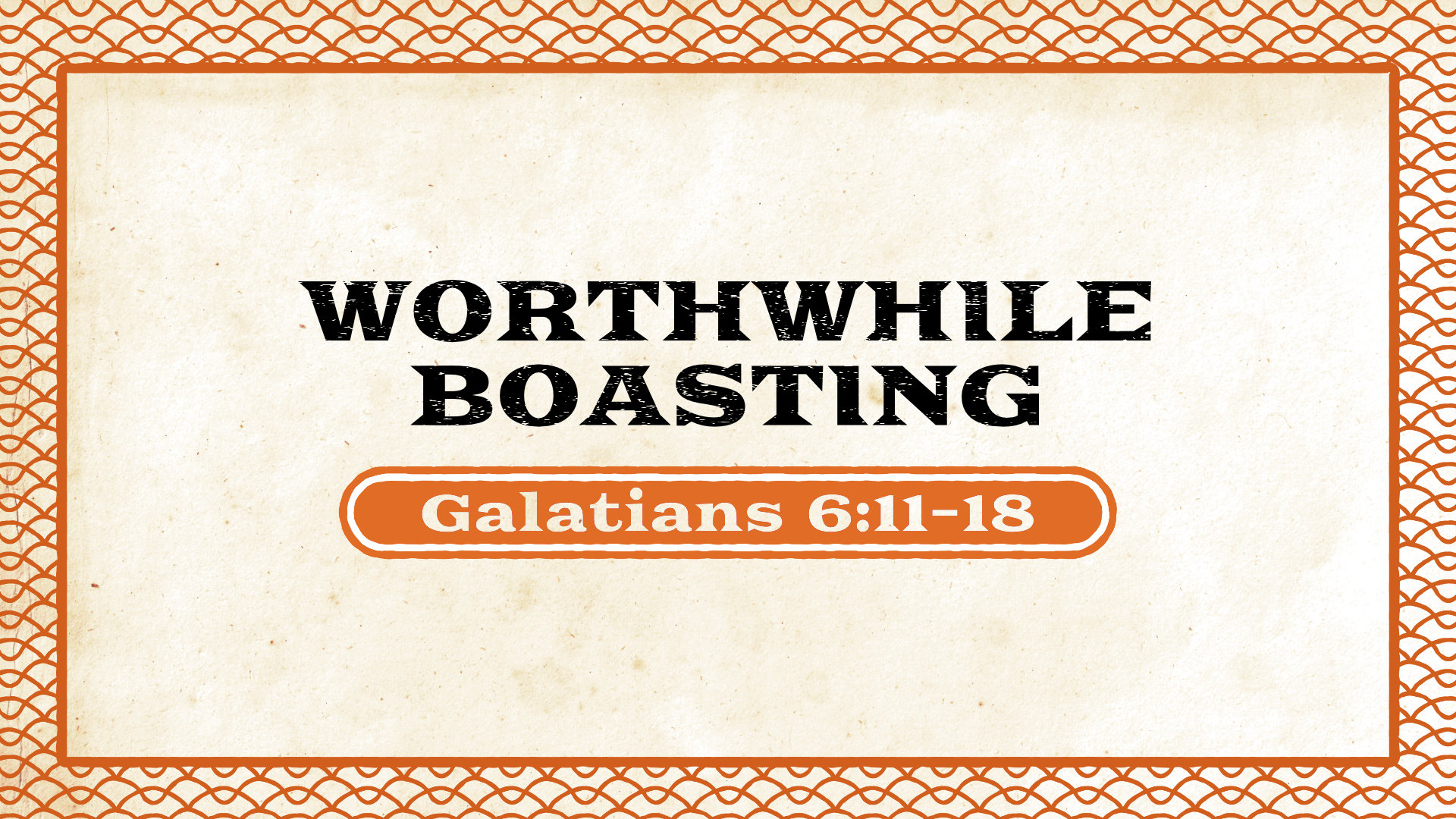What Are Parables?
What Are Parables?
To best learn from the teaching of parables, it is wise to understand the definition of a parable. The question, “What is a parable?” is a great starting point. According to Pastor David Platt, a parable is “a practical story, often framed as a simile (a comparison using ‘like’ or ‘as’), that illustrates spiritual truth.” In other words, parables are not just sweet little stories or tales; instead, they are used to communicate spiritual truths. Anyone who reads their Bible, namely, the Gospels, will find many parables taught by Jesus. In this regard, the late R.C. Sproul writes, “In His unique proclamation of truth and authority, Jesus is perhaps most noted for His use of parables.” As a Master Teacher, Jesus used the unique parables to convey truth to His listeners. Sproul further says, “Our Lord Jesus Christ was the greatest teacher who ever walked on the face of the earth. He was the very incarnation of truth- and so the content of His teaching was impeccable and of divine origin- but He was also a master pedagogue. That is, His style of teaching was extraordinary.”
Why Parables?
The disciples asked Jesus about parables. In Matthew 13:10, the Bible states, “Then the disciples came up and asked Him, ‘Why do You speak to them in parables?’” Of course, the disciples referenced Jesus’ teaching in Matthew 13:1-9 on the Parable of the Sower. Jesus answers the disciples in Matthew 13:11-17 by stating, “Because the secrets of the kingdom of heaven have been given for you to know, but it has not been given to them.”
R.C. Sproul helps understand why Jesus used parables. He says, “Jesus points to two purposes for parables, and these purposes are different based on two different kinds of audiences. First, Jesus was revealing the truth to those who believed the gospel. David Platt reiterates, “Jesus was revealing truth to those who were believing the mysterious.” Meaning, they were being taught about the kingdom of heaven. Platt goes on to say that, “The disciples were greatly privileged to hear and understand the mysteries of the kingdom of heaven, for this was evidence of God’s mercy.” Second, Jesus used parables to conceal truth (Mark 4:11-12). For those who “hear” the parables have a deeper understanding. In that regard, the parables are concealing to those who do not hear or believe in Jesus. David Platt reminds us that “Jesus was concealing truth from those where were denying the obvious. In spite of miracle after miracle, teaching after teaching, the crowds and religious leaders refused to believe in Jesus as the Christ.” Consequently, though some were present when Jesus taught His parables, they continued to reject Christ as Lord and Savior. In like manner, “Even though many had the person of Christ and the words of Christ right in front of them, they were rebelling against Him.” Some people might view the act of “concealing” truth as harsh, however, as Sproul states, “Jesus came not only to instruct and to help people understand the kingdom of God, He came also as a judgment on those who don’t want to hear the truth.”
Understanding Parables
As mentioned, Jesus used parables to communicate truth. One of the most widely known parables is found in Matthew 13:1-17, known as the Parable of the Sower. Many Bible teachers have said that this particular parable should be called, “The Parable of the Soil.” For instance, the Matthew 13 parable discusses the different types of soil of the Sower. James Montgomery Boice states that, “The first type of soil represents the hard heart, of which there are many today as well as in Christ’s time…because the soil is hard, the seed that falls there merely lies on the path and does not sink in, and the birds (which Christ compares to the devil or the devil’s workers) soon snatch it away.” The second soil is not much better than the first, in fact, it is referred to as the “shallow” or superficial heart. David Platt writes, “This kind of heart receives the message and responds to it, but there’s no root enabling it to grow and develop.” The next soil type Matthew 13 discusses is the divided heart, also known as the “strangled” heart. The Bible’s description here is that the cares of the world attempt to choke out the Word of God. Lastly, the “fruitful” heart, or could be called the “open heart,” is known as the good soil, where the gospel is received. Because the gospel is received, the “fruit of the Word will be evident in people’s life in the world.”
Questions
Do you have an understanding of what “parables” are?
Based on Jesus’s parable of the Sower, what kind of soil are you?
What kind of heart do you have?
How are you helping to sow the seeds of the gospel in other’s lives?
Resources
James Montgomery Boice, The Parables of Jesus, Moody Publishers.
David Platt, Christ-Centered Exposition: Exalting Jesus In Matthew, Holman Reference.
R.C. Sproul, What Do Jesus’ Parables Mean? Reformation Trust.


























